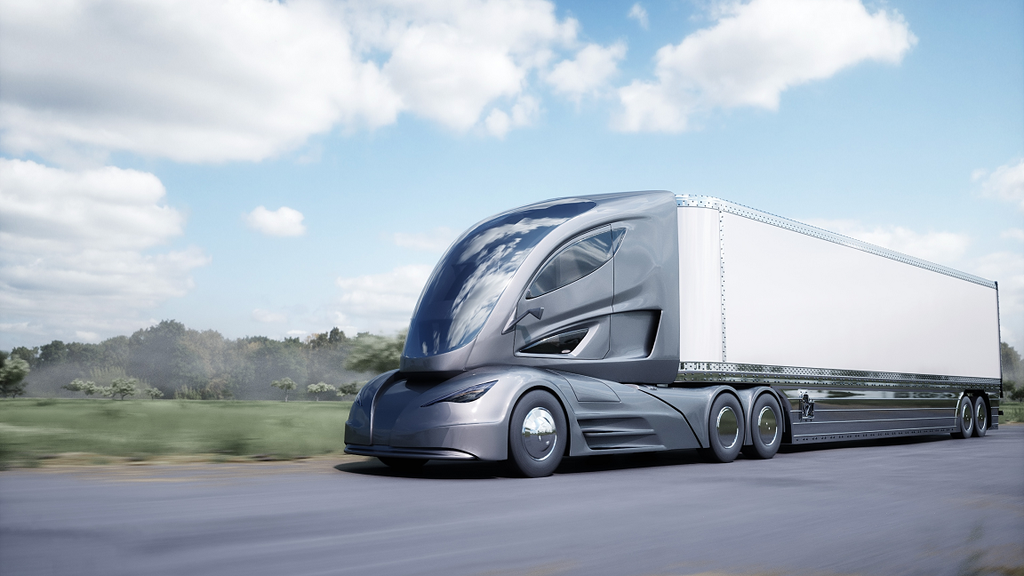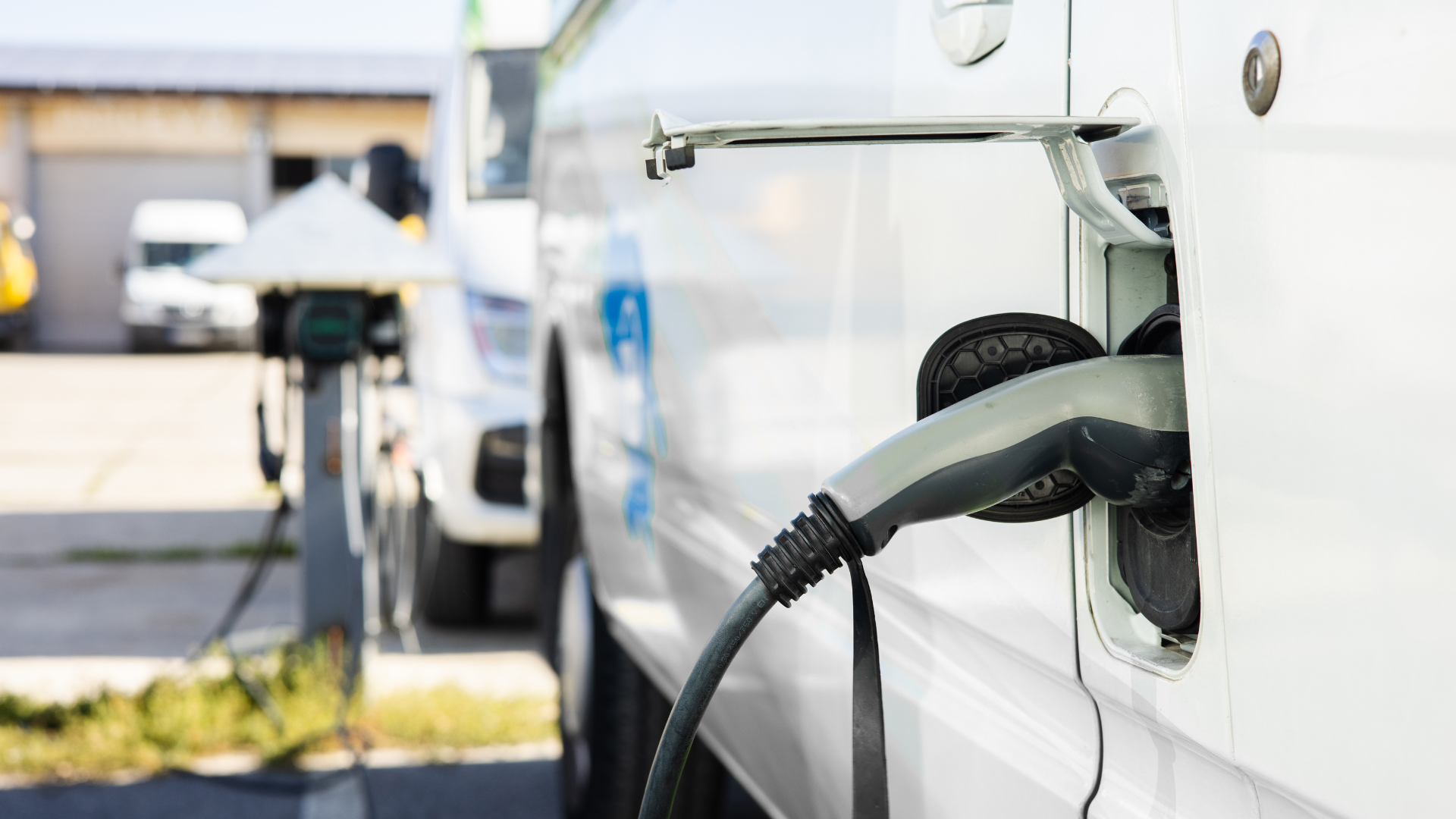
According to our recent pan-European survey about the shift to EVs, 8 companies out of 10 are currently transitioning, or planning to transition to EVs or alternative fuels – with one of the key drivers being sustainability. As the world moves towards a more sustainable future, the transition to electric vehicles (EVs) has become increasingly important. Electric vehicles offer a promising solution for reducing greenhouse gas emissions and improving air quality, making them an attractive option for commercial fleet owners. However, with only 1 in 180 vans and 1 in 2000 HGVs in the UK using plug-in technology, it is clear that the shift from traditional fossil-fuelled vehicles to EVs still presents several challenges for fleet managers.
What are the key challenges for commerical fleets in the transition to electric vehicles?
1. Infrastructure challenges
One of the biggest challenges for commercial fleets in the transition to electric vehicles is the lack of adequate charging infrastructure. The current charging infrastructure is not sufficient to meet the needs of fleets with large numbers of EVs. Additionally, the charging times for electric vehicles are much longer than the time it takes to refuel fossil-fuelled vehicles, which can cause delays in operations.
Moreover, the limited availability of public charging stations can make it difficult for drivers to find a charging point, which may impact their driving range. Finally, the high costs of installing charging infrastructure can be a significant barrier for commercial fleet owners, especially those with limited budgets.
2. Range limitations
Another challenge faced by commercial fleets in the transition to electric vehicles is the limited driving range of EVs. Most electric vehicles currently available in the market have a driving range of around 200-300 miles on a single charge, which may not be sufficient for long-distance driving. Moreover, the lack of variety in vehicle types can be another challenge, as some commercial fleets require larger or specialized vehicles that may not be available in the electric vehicle market.
Finally, the limited availability of EV models can also be an issue for commercial fleets looking to switch to electric vehicles, as some manufacturers only offer a limited number of EV models.
3. Operational challenges
As fleets shift to electric vehicles, they are finding themselves faced with the issue of unfamiliarity of this new EV technology and a lack of EV-specific trained technicians to maintain their new vehicles.
4. Financial challenges
The financial challenges of transitioning to electric vehicles for commercial fleets include the higher upfront costs of EVs compared to traditional petrol or diesel vehicles, the costs of installing and maintaining charging infrastructure, and the potential loss of revenue due to downtime during charging.
Electric vehicles typically have a higher upfront cost compared to their petrol or diesel counterparts, which can be a significant financial barrier for commercial fleets. However, many governments and organizations are offering financial incentives to encourage the adoption of EVs, such as tax credits or subsidies.
In addition, the installation and maintenance of charging infrastructure can also be costly for commercial fleets. This includes the cost of purchasing and installing charging stations, as well as the ongoing costs of electricity and maintenance.
Finally, the potential loss of revenue due to downtime during charging can also be a financial challenge for commercial fleets. Electric vehicles typically take longer to charge than refuel with petrol or diesel, which can result in downtime for vehicles that are charging. This can result in a loss of productivity and revenue for commercial fleets.
How to overcome the challenges of transitioning to commerical electric vehicles

1. Infrastructure Solutions
- Increase government funding for charging infrastructure
- Implement time-of-use charging rates
- Encourage private investment in charging infrastructure
- Promote the use of renewable energy for charging
2. Range Solutions
- Develop higher-capacity batteries
- Increase the variety of vehicle types
- Promote battery swapping technology
- Increase availability of EV models
3. Operational Solutions
- Provide specialized technician training
- Promote the use of maintenance management software
- Establish partnerships with EV manufacturers
- Implement a comprehensive EV education program for employees
4. Financial Solutions
- Increase government incentives for EV purchases
- Provide tax incentives for EV purchases
- Offer fleet-specific financing options
- Utilize energy management systems to reduce operational costs
Conclusion
The transition to electric vehicles presents several challenges for commercial fleet managers, including infrastructure, range, operational, and financial obstacles. However, by implementing the solutions discussed in this article, commercial fleets can overcome these challenges and successfully transition to EVs. The adoption of electric vehicles will not only help to reduce greenhouse gas emissions and improve air quality but also lead to a more sustainable and efficient transportation system.
At AddSecure, our mission is to increase the safety, efficiency, and sustainability of our customers’ mobile asset operations. We are committed to supporting our customers in their transition to EVs and alternative fuels.
Contact us today to hear more about our sustainable solutions for optimized fleet and transport management.